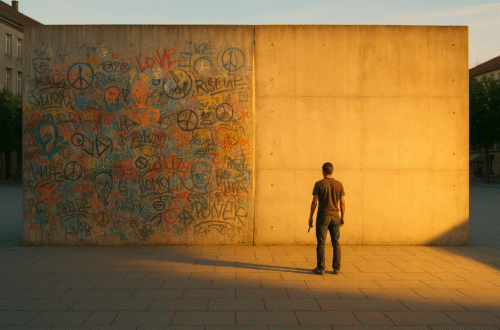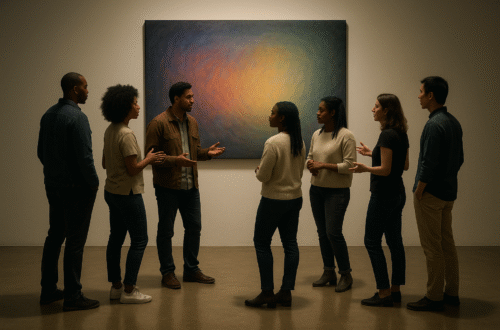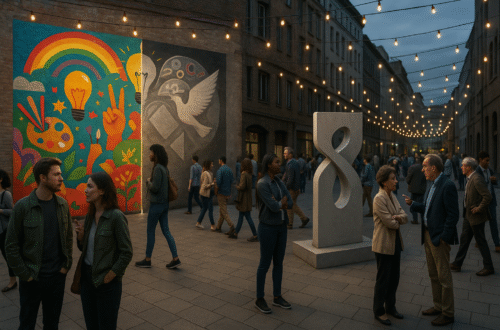In which I discover that lighting a candle can be more powerful than refreshing the news.
I have always been fond of rituals. Not the performative kind,the sort that requires robes, choreography, and an instruction manual,but the small, human kind. The kind that sneaks into a life almost unnoticed: the first cup of tea in the morning, poured with something just shy of reverence; the way one straightens the spine slightly before answering the phone; the peculiar satisfaction of placing the bookmark precisely between the pages before bed.
We all have them, these quiet liturgies of the everyday. But we rarely name them as such, and that, I think, is a pity. For ritual,true ritual,is not about extravagance. It is about attention. And in a world as frayed and fast as ours, attention is holy.
I began to understand the deeper power of ritual on a Sunday morning not so long ago. I was feeling,as one sometimes does these days,overwhelmed by the sheer quantity of everything. News, noise, to-do lists, opinions. I had opened the newspaper (digital, alas) and found myself spiralling down the well of despair before my toast had even cooled.
So I closed the laptop, struck a match, and lit a candle.
It was nothing dramatic. No chanting. No incense. Just a single flame and a single breath. And in that small, deliberate act, something shifted. The world did not stop spinning,but I did. For a moment, I was no longer reacting. I was responding. Not to urgency, but to presence.
That, I believe, is the heart of ritual: a response to presence.
Rituals are anchors in the storm. They remind us that amidst the flux of life, there are still things we can touch, taste, trust. A mug in the hand. A familiar prayer. The way light pools on the kitchen floor at a certain hour. They do not eliminate chaos, but they offer us a way to stand within it,with steadiness, even grace.
Now, I should clarify: ritual is not routine. Routine is what we do to get through the day. Ritual is what we do to enter it. The same action,for example, washing the dishes,can be either, depending on the posture of the heart. Are we rushing through it while planning dinner and half-listening to a podcast? Or are we attending to the warmth of the water, the small blessing of enough to eat, the quiet rhythm of care?
The great gift of ritual is that it gives shape to time. It carves meaning into moments that might otherwise pass unnoticed. It tells the soul: You are not adrift. There is a pattern, however quiet. There is a rhythm beneath the noise.
This is why nearly every religious tradition worth its salt has developed rituals,morning prayers, table blessings, sabbaths, fasts, feasts. They are not just about religion; they are about remembering. About pausing long enough to recognise the sacredness of breath, bread, community, and time.
Even in secular life, we instinctively crave ritual. Why else do we raise glasses in a toast, or lay flowers on a grave, or pause in silence on certain days of the year? These are gestures of belonging. Ways of saying, This matters. We are here. We will not let it pass unmarked.
In our current age,distracted, accelerated, digitised,it’s tempting to abandon ritual as outdated or inefficient. But perhaps what we need is not less ritual, but more meaningful ones. Fewer obligations, more invitations. Not elaborate performance, but small, soulful habits that help us come home to ourselves.
Light a candle. Say grace,even if your only congregation is a dog and a sandwich. Sit for five minutes each morning in stillness. Take off your shoes when entering the house, not out of hygiene, but humility. Call someone every Sunday,not because you must, but because you can.
Ritual need not be solemn. It can be playful, even absurd. I once knew a man who began every day by bowing to his coffee mug. “It reminds me,” he said, “to greet the day with gratitude. And to remember who’s really in charge.”
So let us reclaim the rhythm of ritual as a balm. In these fractured times, rituals are threads. They stitch our days together. They make time habitable. They remind us that the sacred is not always hidden. Sometimes, it’s just waiting to be lit.





